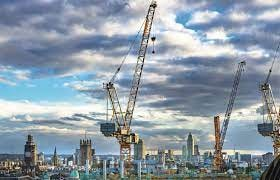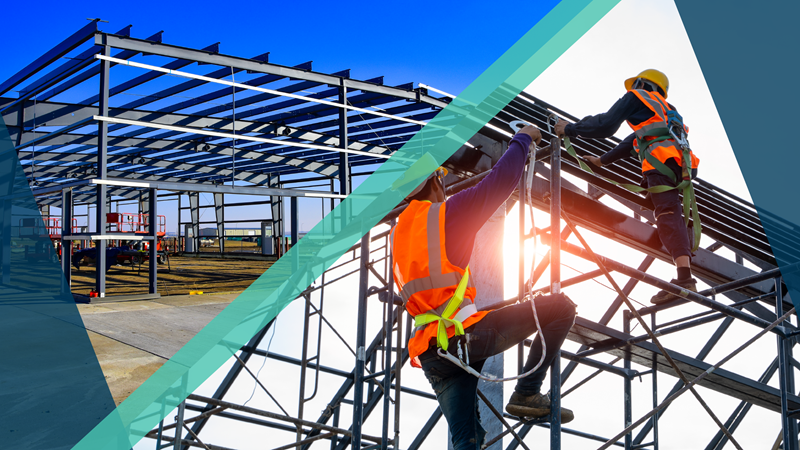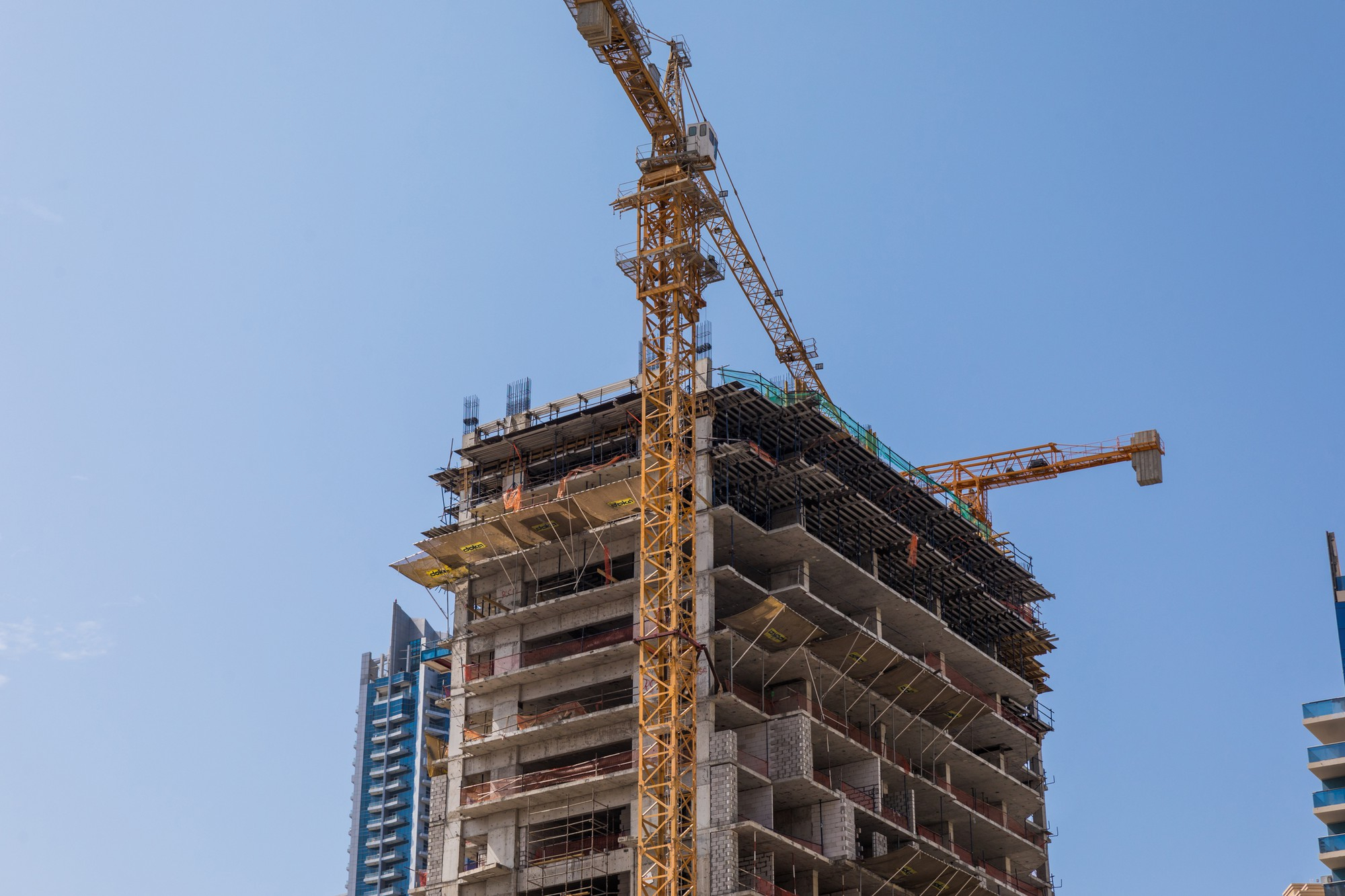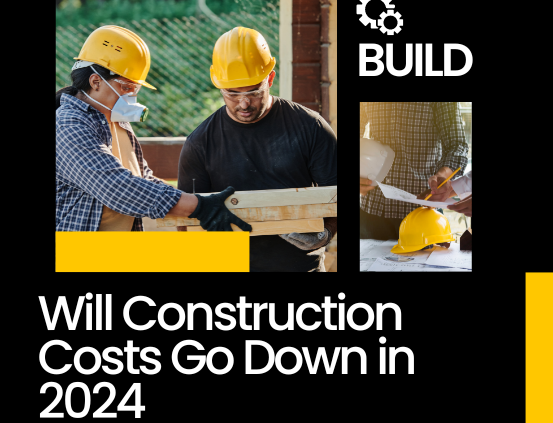Construction is a fundamental part of our world, shaping the buildings and structures we use every day. But have you ever wondered why some year’s construction seems more expensive than others? In this article, we’ll take a closer look at the factors that influence construction costs and whether we can expect them to go down in 2024.
Factors Affecting Construction Costs

Construction costs are influenced by a variety of factors that can either drive them up or down. Some of the major factors include:
1. Raw Material Costs:
The costs of important materials such as steel, lumber, concrete, and other building supplies have a big impact on how much construction projects cost. When the prices of these materials go up, it usually means that the overall costs of construction will also go up. This is because these materials are like the building blocks of any construction work, and when they become more expensive, it becomes more costly to put together the things we need, like buildings and houses.
So, when these material prices increase, it often leads to an increase in the total cost of construction projects.
2. Labor Costs:

Construction projects rely on skilled workers like carpenters, electricians, plumbers, and laborers, who are important. They’re like experts who know how to put everything together. Now, if there aren’t enough of these skilled workers available or if there are new rules about how they get paid, their wages might go up.
And when worker wages increase, it affects how much the whole construction project costs. It’s kind of like if the people who build things get paid more, then the things they build might end up costing more too.
3. Economic Conditions:
How well the economy is doing can impact how much construction stuff costs. When the economy is doing well, there’s a greater need for construction projects. This can make things cost more because a lot of people want to build stuff, and they’re all trying to get the same materials and workers. So, it’s like a big race to get what’s needed, and that competition can drive up the costs.
Just imagine if everyone wanted the same toy—its price might go up because everyone wants it so much. It’s a bit like that with construction when the economy is strong.
4. Technological Advancements:

When new ways of building things come along, they can change how much they cost. Some of these new ideas can make building stuff faster and easier, which might make it cost less. But there’s a catch—sometimes these new ways need special training and fancy tools. This training and these tools cost money, and that can make the building costs go up.
So, it’s a bit like getting a new gadget—it might save time, but you also need to learn how to use it, and that can be a bit pricey.
5. Regulations and Permits:
There are rules called building codes and laws about the environment that builders have to follow. Also, getting permission to build takes time. All these things can change how long it takes to finish a building and how much it costs. When there are strict rules, builders might need to use specific materials or do extra work to follow those rules. And waiting for permits can slow everything down. It’s kind of like when you have to follow certain rules for a school project—they can make things take longer and maybe cost a bit more too.
6. Global Events:

Sometimes, things like big storms, problems between countries, or issues with getting materials from far away can change how much building things cost. When disasters happen or countries have disagreements, it might be hard to get the materials needed to build. This can make those things more expensive. It’s like when you want to buy something, but it’s far away and there’s a problem getting it to you; the cost might go up because it’s not easy to bring it to you. The same kind of thing can happen with building materials when unexpected events occur.
7. Interest Rates:
Sometimes, when builders need to borrow money to build things, how much it costs to borrow can change the total cost of the project. This is a bit like when you borrow money to buy a new bike; if you have to pay back more money later because of interest, the bike ends up costing more than it would have if there wasn’t any interest. So, when interest rates are higher, it can make the total cost of the building go up because the builders have to pay more money back to the people they borrowed from.
8. Innovation and Efficiency:
When builders come up with new and smarter ways to put things together, it can make building stuff faster and maybe cost less too. One cool idea is called prefabrication,” which means making parts of a building in a factory before putting them together on the construction site. Another idea is “modular construction,” where pieces are built like big puzzles and then connected. These ideas can be like using LEGO blocks to build; they fit together quickly. If these ideas catch on, it might mean less time and effort to build things, and that might lead to the costs going down.
Trends Leading into 2024

As we approach 2024, several trends are worth considering when contemplating the direction of construction costs:
1. Material Prices:
Sometimes, the prices of important building materials like wood and metal can go up and down depending on how much is available and how many people want them. Imagine if a certain toy became popular; its price might go up because so many kids want it. Similarly, if lots of builders need a certain material, its price can increase. But if things change, and fewer people want that material, its price could go down. So, if the prices of these materials stay the same or become lower, it could make building things cost less, which would be a good thing for construction projects.
2. Labor Market:
In the world of construction, having enough skilled workers is a bit of a worry. Think of them as super-talented team players who know how to build amazing things. But sometimes, there aren’t enough of these experts available. To fix this, people are trying to get more people interested in learning these skills. If more people learn and join in, it might help keep the costs of their work from getting too high. It’s kind of like if everyone in your school wanted to play soccer—it might be tough to find enough players, but if more people learn to play, it can balance things out.
3. Sustainable Practices:
People are starting to care more about building things in a way that’s friendly to the planet. This is called “sustainable construction.” Some materials used in this type of building might cost a bit more at the beginning, like getting a fancy new gadget. But here’s the cool part – these materials can help save money in the long run. They’re like energy-saving light bulbs; even though they might cost more at first, they use less electricity and last longer, so you end up saving money over time. The same idea applies to sustainable building materials.
4. Technology Integration:

Technology is like a helpful friend in construction. If we use it even more, building things might become quicker and easier. One cool tool is called “Building Information Modeling,” or BIM. It’s like creating a digital version of a building before it’s even built. Drones, which are like flying robots, can take pictures from the sky to help builders see things better. Automation is when machines do some of the work, like assembling parts. If we use these technologies better, we might finish building things faster and not spend as much money. It’s like using new tricks to make stuff smarter!
5. Government Policies:
Government rules about spending money on things like roads and buildings, as well as how they trade with other countries, can change how much it costs to build. Imagine if your school decided to spend more money on new classrooms; that could mean more construction and maybe more jobs for builders. Also, if the government makes rules that help construction, like giving incentives or making the process easier, it might make building stuff less expensive. It’s like when you get a discount coupon for something you want—it helps you pay less. Similar good policies from the government can help lower costs in construction.
Predicting the Future

While it’s challenging to make precise predictions about whether construction costs will decrease in 2024, considering the trends and factors mentioned above can help us make educated guesses.
Optimistic Scenario:
If material prices stabilize, the labor market improves, and technology continues to enhance efficiency, we might see a gradual reduction in construction costs. Sustainable practices could become more mainstream, contributing to long-term savings for builders and consumers alike.
Pessimistic Scenario:
However, if the prices of materials stay high, not enough skilled workers are available, and unexpected global events mess up getting supplies, building things could stay costly or even become more expensive.
Conclusion
In the complex world of construction, predicting cost trends is a challenging task. Many interrelated factors contribute to construction costs, and their combined impact can be difficult to anticipate. While we can’t say for sure whether construction costs will go down in 2024, it’s clear that a combination of factors will shape the outcome. Keeping an eye on material prices, labor market dynamics, technological advancements, and government policies will provide valuable insights into the direction that construction costs may take in the coming year. Whether they rise, fall, or stabilize, understanding these factors empowers builders, investors, and consumers to make informed decisions in the ever-evolving construction landscape.
Key Takeaways for the 2024 Construction Cost OutlookFAQs

How can the housing market impact construction costs?
The housing market’s condition plays a significant role in construction costs. During housing booms, there’s a surge in demand for new construction, which can strain the availability of construction materials and labor. This heightened demand can lead to higher prices for both materials and workers, increasing construction expenses.
How does the housing industry impact construction costs?
The housing industry’s health and activity levels directly impact construction costs. A robust housing industry with a high demand for new homes and properties can drive up construction costs due to increased competition for materials and labor. Conversely, a downturn in the housing industry can lead to reduced demand, potentially easing pressure on construction expenses.
What is the significance of construction workers in the construction industry?
Construction workers are essential to the construction industry as they are skilled individuals responsible for physically building structures, from houses to infrastructure projects. The availability and skills of these workers influence the pace of construction, project quality, and overall costs. Shortages of skilled construction workers can lead to increased labor costs and project delays.
How does the single-family home building sector impact construction costs?
The single-family home building sector is a significant contributor to construction costs. Changes in demand for single-family homes can influence the demand for materials and labor, potentially affecting their prices. High demand for single-family homes can lead to supply constraints, thereby driving up costs in the construction industry.
How can the housing downturn impact construction costs?
A housing downturn, characterized by a decline in demand for housing and a slowdown in construction activity, can have mixed effects on construction costs. While decreased demand may alleviate pressure on material and labor availability, it can also result in reduced economies of scale, potentially increasing costs for individual projects.





